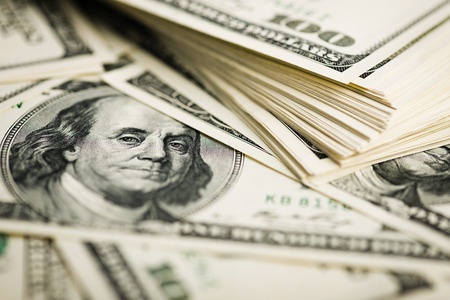PH dollar reserves drop to 9-month low in November
The country’s dollar reserves as of end-November fell to $82.734 billion, the lowest level in nine months, due to foreign exchange outflows and cheaper gold prices, the latest Bangko Sentral ng Pilipinas (BSP) data showed.
Gross international reserves (GIR) at the end of the first 11 months further slipped from end-October’s $85.106 billion and the all-time high of $86.139 billion in September.
The end-November level was the lowest since February’s $81.878 billion.
In a statement late Wednesday, BSP Governor Amando M. Tetangco Jr. attributed the decline in GIR last month to “outflows arising from the foreign exchange operations of the BSP, revaluation adjustments on the BSP’s gold holdings resulting from the decrease in the price of gold in the international market, and payments made by the national government for its maturing foreign exchange obligations.”
To recall, the peso slipped to eight-year low levels in November.
The further drop in the GIR level in November was nonetheless offset by the national government’s net foreign currency deposits coupled with the BSP’s income from overseas investments, Tetangco said.
The end-November GIR can cover 9.6 months’ worth of imports of goods as well as payments of income and services.
The dollar reserves were likewise equivalent to 5.9 times the short-term external debt based on original maturity, as well as 4.2 times based on residual maturity.
The BSP defines short-term debt based on residual maturity as outstanding foreign debt whose original maturity was a year or less, plus principal payments on medium- and long-term loans of the government as well as the private sector that were due within the next 12 months.
As for net international reserves, or the difference between the GIR and total short-term liabilities, these also dropped to $82.72 billion in November from $85.09 billion a month ago.
Due to weak global trade, the BSP had cut its projected balance of payments (BOP) position for 2016, which monetary authorities expect to taper to a $2-billion surplus from the earlier projection of a $2.2-billion surplus.
The BOP is a summary of all the businesses the country does with the rest of the world. A surplus means the amount of dollars that entered the economy that year was more than the amount that left.
The projected end-2016 GIR level had been kept at about $82.7 billion, higher than 2015’s $80.7 billion and enough to cover nine months’ worth of imports of goods and payments of services and income. CBB

